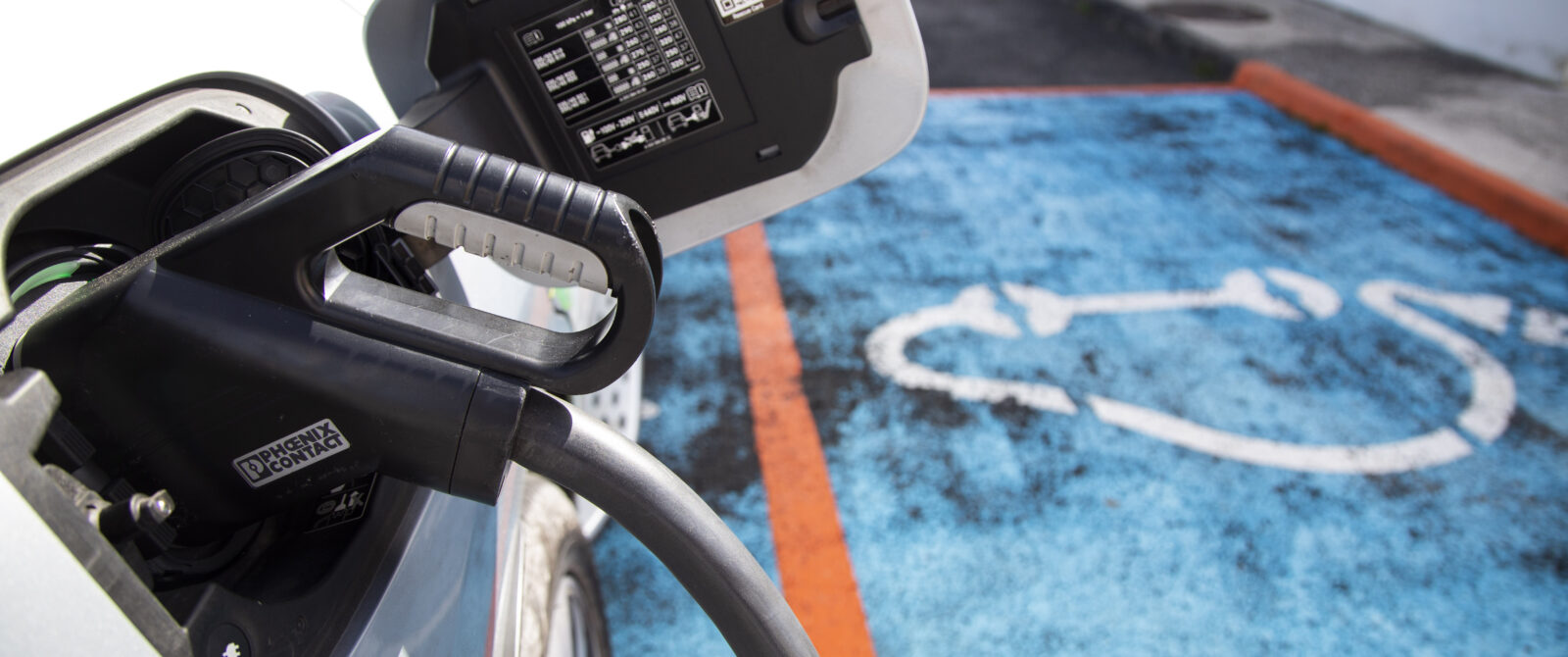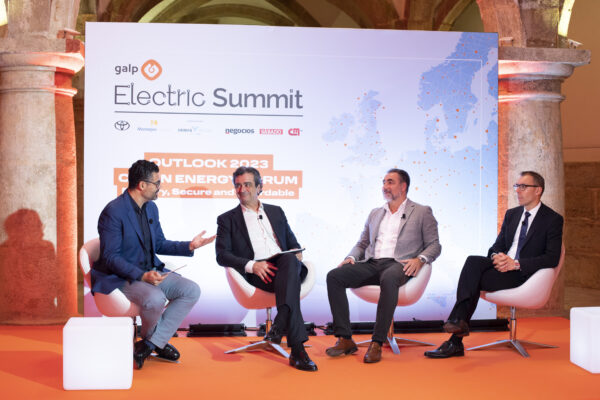What you need to know before buying an electric car
Design, price, type of engine (diesel or petrol), power and consumption. These were the features which for decades served as a guideline when purchasing a new car. Electric vehicles and plug-in hybrids have added to the list of things to consider.
Autonomy is (and will continue to be) a factor to be weighed up when buying an electric vehicle, but it long ago ceased to be a problem. Why? Because the public charging network has come on in leaps and bounds; because manufacturers have taken giant steps over the last few years, meaning that autonomies have increased to distances which just a few years ago were unthinkable; because studies show that we drive fewer kilometres than we think we do — around 30 per day, on average. Taking into account the autonomy of existing models on the market, most drivers can go all week on a single charge!
Where to charge up?
The best thing would be to charge your battery at home. Why? Because it’s cheaper, particularly at night. Does this mean that if you haven’t got a garage you shouldn’t have an electric vehicle? Not at all! The growth of the public grid has meant more charging options for those who can’t do it at home. The secret lies in performing a detailed analysis of the public charging network (www.mobie.pt/mobidata/data), to find the locations of charging points near your home, work and other places you frequent. It’s becoming increasingly commonplace for drivers to leave their car charging up while they go out to dinner or go to the cinema. You just need to plan ahead little.
Wallbox, yes or no?
Installing a wallbox isn’t compulsory, but it might make all the difference. Most models come with a cable to charge up the battery using a conventional socket, and all you need to do to charge your battery is just plug it in. It’s simple, but it’s too slow. Charging speed is very slow when using an alternate current (AC), the type of current available in a conventional home. This means charging your battery seems like a never-ending task, often taking over two days. The more powerful the battery the longer the autonomy, but it takes longer to charge. Purchasing a portable charger may provide an interim solution — it increases charging speed without requiring any changes to your electrical installation — although a more practical and viable medium and long-term solution is a wallbox. It literally means a box on your wall. It’s faster — it can be almost ten times quicker than a household socket — more convenient and safer. Just as there are different models of car, there are also different types of wallbox (which can get as high as 22 kW) and different types of prices, up to almost one thousand euros. Expensive? Anyone who doesn’t want to or cannot buy one can rent one, although many car makers offer them as standard-production equipment. As well as this, the Government is now contributing some of the cost of installing chargers, via the Environment Fund. The best-sellers are 7.4 kW chargers (you just need a single-phase outlet), allowing the current to be configured to up to 32 Amperes. Enough to charge the whole battery overnight.
“AC” and “DC” charging. What does it mean?
“AC” means alternating current, like we have in our homes. “DC” means direct current, the one used in fast charging points. But even if the vehicle owner doesn’t know what these terms mean, it makes no difference to how they are used. They are “just” technical details. A vehicle’s battery stores direct current (DC), which means that when we charge up the car at home the current needs to be converted. And it is. Not by the person charging it, but by an internal charger in the vehicle itself, which converts the current before sending it to the battery. Chargers which plug into the public grid don’t need a converted current, which is why they provide a faster process.
Public grid – how does charging work?
It’s becoming easier and easier to charge the battery of an electric vehicle using the public grid (www.mobie.pt/). But it’s not as simple as flicking a switch. You have to have a contract with one of the mobility electricity suppliers [comercializadores de eletricidade para a mobilidade (CEME)] and have their card. Regardless of supplier, this card gives you access to all the charging points in the network, and the amounts are then charged to your account. As always, it’s worth analysing and comparing before choosing your supplier.
Digital experience
Owning an electric vehicle is a way of life. It’s an experience. An experience which is increasingly digital, with multiple apps to make things easier for users, by providing a wealth of practical information to assist you on your trips and, in this case, to help you charge up. Finding out the number and location of available charging points, kW power and price, is as fast as it is intuitive. The Portuguese start-up Miio (www.miio.pt) has become the country’s go-to app and even allows users to charge their vehicles 100% digitally from the public grid, thereby by-passing the need for a physical card.
But the physical card hasn’t been rendered obsolete. For example, Galp premiered a hybrid card to pay for fuel and electrical charging. The new Galp Frota Corporate card provides access to the largest network of service stations in the Iberian Peninsula, as well as to the Mobi.E network of electrical charging points in Portugal.
Different powers
Not all charging points are the same. There are normal charging points (PCN), Fast Charging Points (PCR) and Ultra-Fast Charging Points (PCUR). The most common power available at a PCN is 22 kWh. These are ideal for medium and long stays. For an autonomy of 100km, charging time will take from one to four hours. Fast Charging Points (PCR) allow for charging vehicles over 22 kW. As a frame of reference, a fast charge of 50 kWh provides a 100km autonomy in 15 to 20 minutes. The last few months have seen a rise in the number of ultra-fast charging points, ranging between 150 kWh and 360 kWh of power. Many of these chargers tend to be located at service stations, so that the time it takes to charge an electric car is comparable to the time it takes to refuel a conventional car. In other words, charging 80% or even the whole battery in five to ten minutes.











